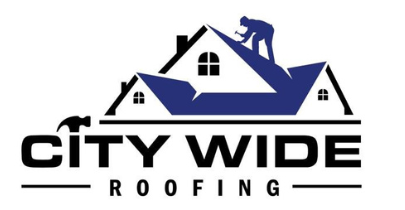As the protective shield of any residential structure, the roof’s integrity is paramount. Over time, various elements and conditions lead to wear and tear that requires attention. In some instances, a simple repair may suffice; in others, a total roof replacement may be necessary. The challenge lies in discerning which action is appropriate at a given time.
This article aims to shed light on this crucial decision-making process by providing practical guidelines for homeowners.
To make informed decisions regarding their roofs, homeowners need an understanding of roofing materials and techniques as well as signs of damage that warrant consideration. Knowledge of these factors enables accurate assessment of whether repairs will restore functionality or if replacement is inevitable. Furthermore, understanding these indicators fosters a sense of confidence when interacting with professionals in the field by providing central reference points for discussion. It contributes towards building an engaged community rooted in mutual respect between homeowners and industry professionals alike – one where quality advice can be sought and trusted.
Evaluating the Condition of Your Home’s Top Covering
Assessment of the structural integrity and overall state of one’s residential rooftop cover is a critical step in determining whether a comprehensive replacement or minor repairs would suffice.
This entails an extensive Damage Assessment process, which involves scrutinizing each element of the roofing system – from shingles to flashing – for visible signs of wear and tear or damage.
These could range from cracked or missing shingles, leaks, water stains on ceilings, sagging roof decks, rotting fascia boards, among others.
It is also important to consider the Material Lifespan; different types of materials have varying life expectancies and performance under certain weather conditions.
At times, it may be more economically prudent to replace an old roof than continually repair it.
An understanding of Material Lifespan comes into play here; for instance, asphalt shingle roofs typically last about 20 years while slate or tile roofs can last over 50 years if maintained properly.
This knowledge allows homeowners to make informed decisions based on cost-benefit analysis when dealing with their rooftops’ current state and potential longevity.
Ultimately, this evaluation process should provide a clear indication as to whether one’s residential rooftop cover needs minor fixes or total roof replacement—thus ensuring not only the safety and comfort within the home but also fostering a sense of belonging through stable sheltering structure.


